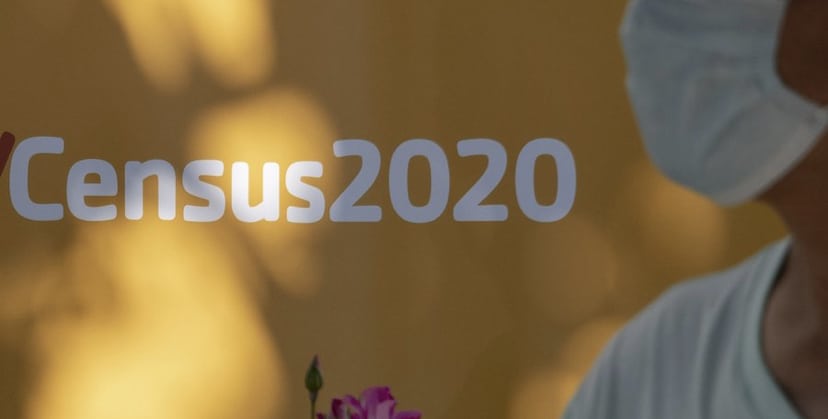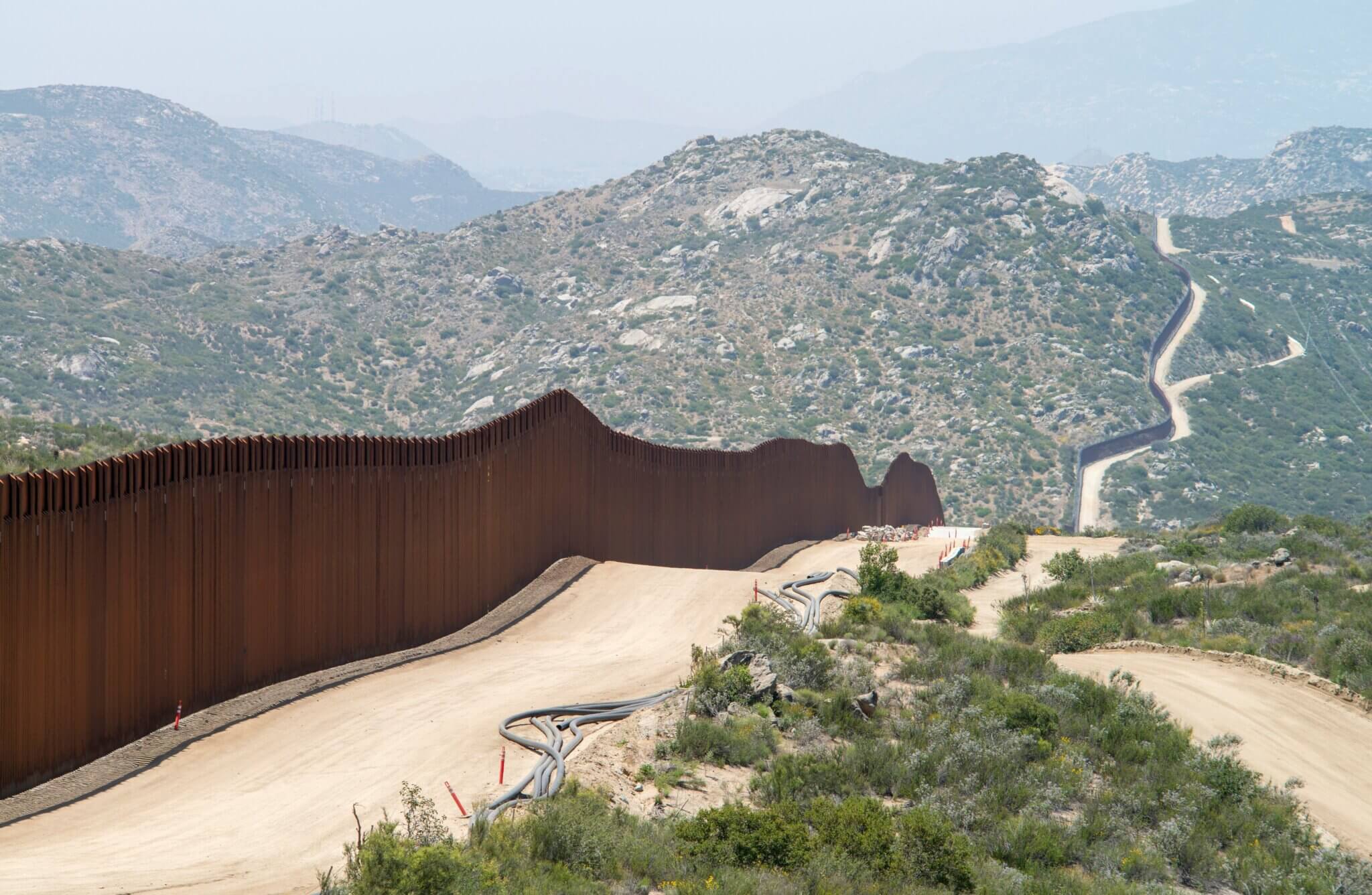The jury is out on the accuracy of Census 2020, and we should be asking some serious questions.
First—did the census show a significant growth of the Latino population? Yes. Is it possible, or even likely, that there was a severe undercount of the Latino population? Also, yes.
As the nation moves forward with redrawing district maps and engaging communities to promote civic participation, lawmakers and civic organizations must pause and determine why the 2020 Census showed the slowest population growth in nearly a century with suspiciously low counts of historically underrepresented communities.
The first wafts of smoke came in April when the Census Bureau finished its count and presented its apportionment data. By August, when redistricting data was released, more questions began bubbling up about whether we had a complete and accurate portrait of the nation.
We do not yet know the extent of an undercount in the 2020 Census, but the realities of the previous undercount indicate that once again, Latinos would likely be a sizeable portion of those who were missed—despite being responsible for over half of the total U.S. population increase.
That is unacceptable as the barriers that set our community up to be undercounted will deny us our fair share of resources, not to mention the political power to which we have a constitutional right.
We are still waiting for the Census Bureau’s Post-Enumeration Survey, which will help reveal populations that were undercounted and overcounted, but if an undercount becomes more apparent, folks would be hard-pressed to argue that it was all just a coincidence.
A fire alarm is ringing, and elected officials need to hear it.
Some glaring examples can be seen when we look to states with considerable Latino populations like Arizona, Florida and Texas—which were projected to gain one, two and three congressional seats, respectively—but ended up with no change for Arizona, only one additional seat for Florida and only two additional seats for Texas. The concern here is that these three states had problematic approaches to census engagement and invested little to nothing in census outreach.
The issues did not start there. The Trump administration’s unprecedented actions to manipulate and undermine the census were attacks on the foundation of our democracy.
The administration ignored data scientists’ recommendations on the race and Hispanic origin questions. It also attempted to use the census to interrogate residents about their citizenship status—something that likely suppressed Latino participation in the census by instilling widespread fear in the community.
And in one of its final attempts to subvert the law, the Trump administration embarked on an unconscionable attempt to declare that immigrants were not “persons.”
These failures were only exacerbated by the public health implications of the COVID-19 pandemic, priming the nation for a train wreck of a count.
Various groups called on Congress and the Census Bureau to take corrective actions as the census was colliding with the pandemic. And although the enumeration process required scrutiny, it was reassuring to see that some measures were taken to reach households that were easy to miss.
Unfortunately, this was still not good enough.
An alarming report from William O’Hare, the nation’s foremost demographer on data on children, strongly suggested that the 2020 Census undercounted children at a higher rate than in 2010. Furthermore, the report noted that the 2020 undercount of Latino children (4.4 percent) was over double what it was in 2010 (2.1 percent).
This is horrifying.
The future of the country is Latino. For decades, the data has shown this. With Latinos being the second-largest population group in the nation, the policies we enact at the local, state and federal levels must make the vibrancy and resilience of our community a top priority. It is much more challenging to accomplish this without our community’s fair share of resources and fair representation in government—all of which are contingent on the accuracy of the census.
We have to continue asking questions about the accuracy of Census 2020. While the government, public officials, civic organizations and philanthropy groups must continue their critical work to see a fair and accurate census—we must get to the bottom of what happened. This way, we can be ready to work over the next decade to ensure the Latino community is accurately accounted for in all the Census Bureau’s data products, including the 2030 Census.
We know many of the mistakes and mischief that occurred around the 2020 Census. They cannot happen again.
–

Arturo Vargas is executive director of the National Association of Latino Elected and Appointed Officials (NALEO) Educational Fund. Follow him on Twitter @ArturoNALEO. The views expressed in this article are the writer’s own.
Where There’s Smoke, There Might Be a Latino Undercount was first published on Newsweek.
Cover Photo credit: A man wearing a face mask walks past a sign encouraging people to complete the 2020 U.S. Census.ROBYN BECK/AFP VIA GETTY IMAGES




